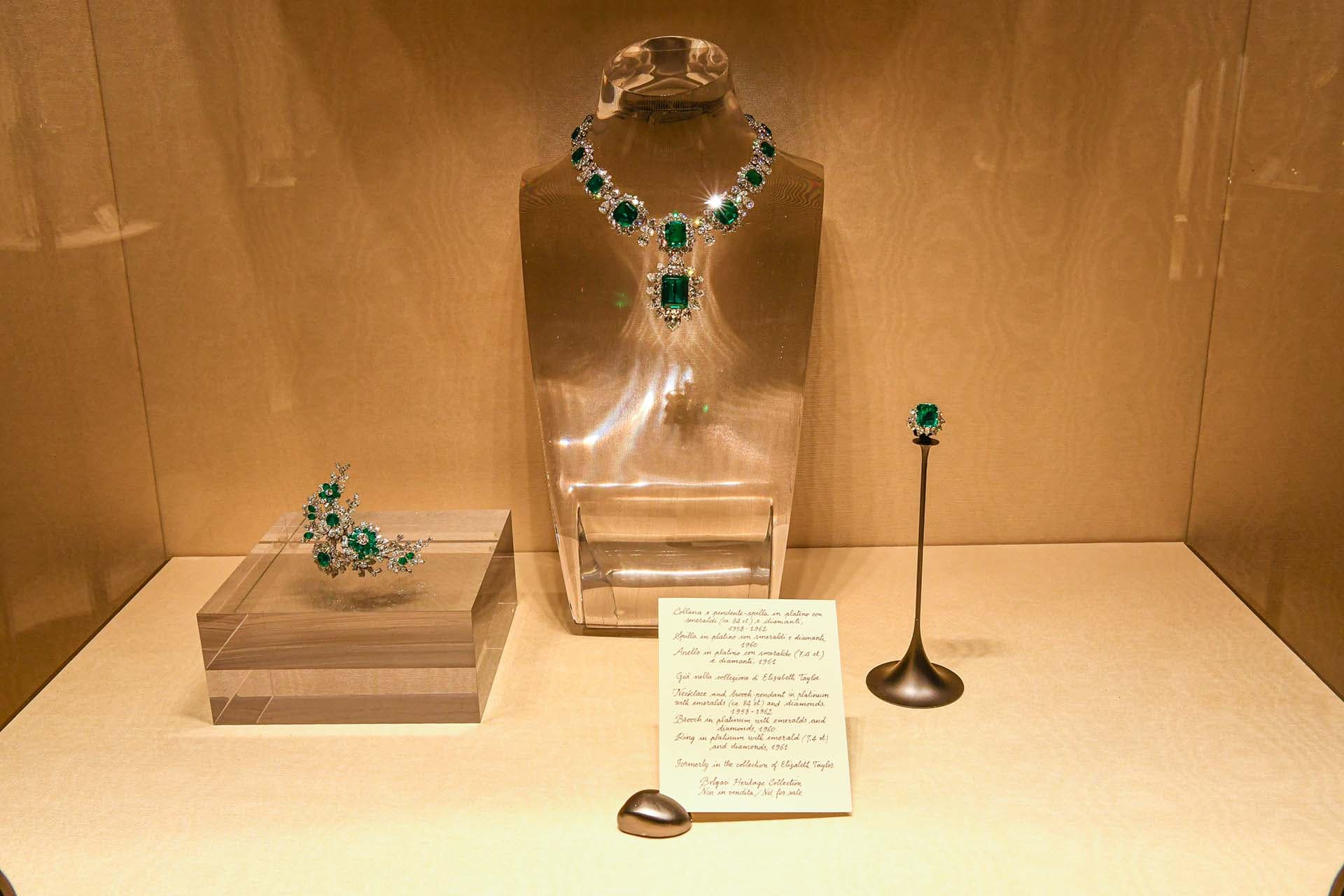Rome by day is mysterious. By night, when the moon breathes new life into crumbling friezes and the murmur of fountains blends with the click of high heels on cobblestones, it slips into the mythical.
“Nighttime doesn’t stop the city. Instead it emphasises its most special possessions,” says Lucia Silvestri, who has been jewellery creative director at Bulgari for 10 years and is the force behind the house’s high jewellery collections.
From the use of antique coins to the iconic cabochon cut of gems, Rome has shaped the brand’s identity throughout its history. In turn, Bulgari has contributed to the restoration of iconic monuments including the Spanish Steps, the Baths of Caracalla and the sacred area in Largo di Torre Argentina.

This symbiotic relationship is celebrated through photography and a display of the most iconic designs from Bulgari’s 139 years in the Domvs Avrea, an intimate museum in the Via Condotti store.
Silvestri joined the gemmological department more than four decades ago as a fresh-faced biology student and was mentored by Paolo, Nicola and Gianni Bulgari, the grandsons of Sotirio Bulgari (who founded the jewellery house in 1884). As a native Roman, the city as muse extends far beyond her working hours. “I love to take late night walks around the Eternal City, for me it’s a way to rediscover its cinematic beauty from a new perspective,” she says.
She goes on to highlight that moment when the sky turns ‘navy’ and the city is once again lit up by ancient monuments such as the Pantheon, Castel Sant’Angelo and Piazza Navona. “It’s amazing to see the sensual darkness coexist with the constellations and illuminated landmarks. It’s a sharp, intense contrast which is echoed by the way we combine sapphires with diamonds at Bulgari,” she adds.

The brand’s latest high jewellery collection, ‘Mediterranea’, includes several necklaces with this combination of gems including the Southern Sapphire, which took 1,650 hours to complete.
Silvestri believes being spontaneous is typical of Romans which is why they favour ‘casually elegant day to night’ styles. “Often evenings are organised at the last minute. I go for an aperitivo after work and it flows into dinner.”
One of her favourite places for a classic spritz is Terrazza Caffarelli, a cafe bar owned by and adjacent to the Capitoline Museums. She also names Terrazza Borromini and the terrace of the newly opened Bulgari Hotel Rome as ‘hotspots to enjoy the city’s magnificent views’.
A twirl around three of Rome’s most alluring rooftops
La Pergola, Rome Cavalieri
One of few rooftops to have a waiting list for tables and the only one with three Michelin stars, La Pergola is the most exclusive – and expensive – restaurant in Rome. Luminous panoramas provide a backdrop for an experience defined by detail. A choice of 15 salts, 55 waters and 3,500 wines complement boundary-pushing Mediterranean plates from chef Heinz Beck.
Aroma, Palazzo Manfredi
Perched atop a 17th-century palazzo built on the remains of a gladiator barracks, with the Colosseum so close it seems one could touch it, this restaurant is a homage to timeless Roman elegance. Snowy tablecloths and discrete service compliment Giuseppe di Lorio’s Michelin-starred tasting menu of reimagined Italian flavours.
La Terrazza del Cesari, 9Hotel Cesari
The red parasols and pots of geraniums on the intimate terrace of 9Hotel Cesari evoke the nostalgia of summer holidays spent by the Italian seaside. This family-owned spot sings at aperitivo hour when the Baroque Spires of St. Ignatius church blush and dangerously drinkable cocktails as well as an Italian-facing wine list come into their own.





